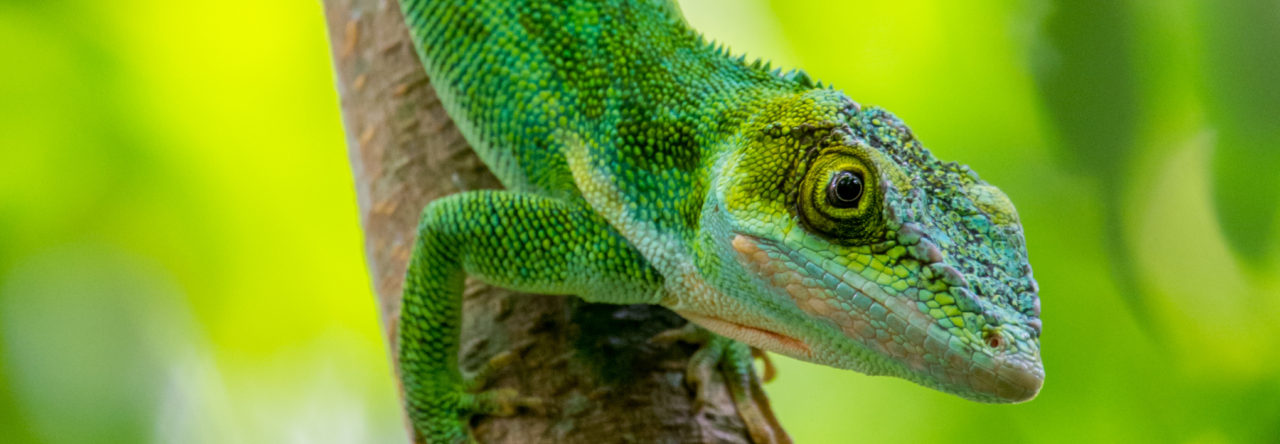 In recent years, biologists have put out clay model lizards to measure attack rates by birds and other predators. In a recent study published in Herpetology Notes, Vazquez and Hilje put a twist into this approach, by ornamenting some faux lizards with a colorful dewlap-like structure. Sure enough, those models were attacked more. Here’s their abstract:
In recent years, biologists have put out clay model lizards to measure attack rates by birds and other predators. In a recent study published in Herpetology Notes, Vazquez and Hilje put a twist into this approach, by ornamenting some faux lizards with a colorful dewlap-like structure. Sure enough, those models were attacked more. Here’s their abstract:
We investigated how predatory attacks on Norops lizards occur in old-growth and secondary pre-montane wet forests in Costa Rica using clay models. Using models with secondary sexual characteristics also permitted comparison of attack rates between males and females, as well as the specific site of the attack (head, body, or tail). Birds were found to account for the bulk of predation attempts on the lizard models in both forest types, and there was no significant difference in attack frequency between forests. Attempts were more frequently made on males, indicating that colorful, bright dewlaps used to attract females and for territorial displays might also function in attracting predators. Male models received more attacks on the head, suggesting that birds may preferentially target areas of brighter coloration, whereas female models received more attacks on their tail, indicating that birds may not have adopted any avoidance of a potentially less profitable region from which tails can be autotomized.
- Evolution in Real Time on Lizard Island - March 23, 2025
- Spider Snags Adult Anolis osa - March 22, 2025
- An Homage to the Green Anoles of New Orleans - March 21, 2025


John Rubin
How chivalrous! In the event of bird attack, the male “takes a bullet” for the female.